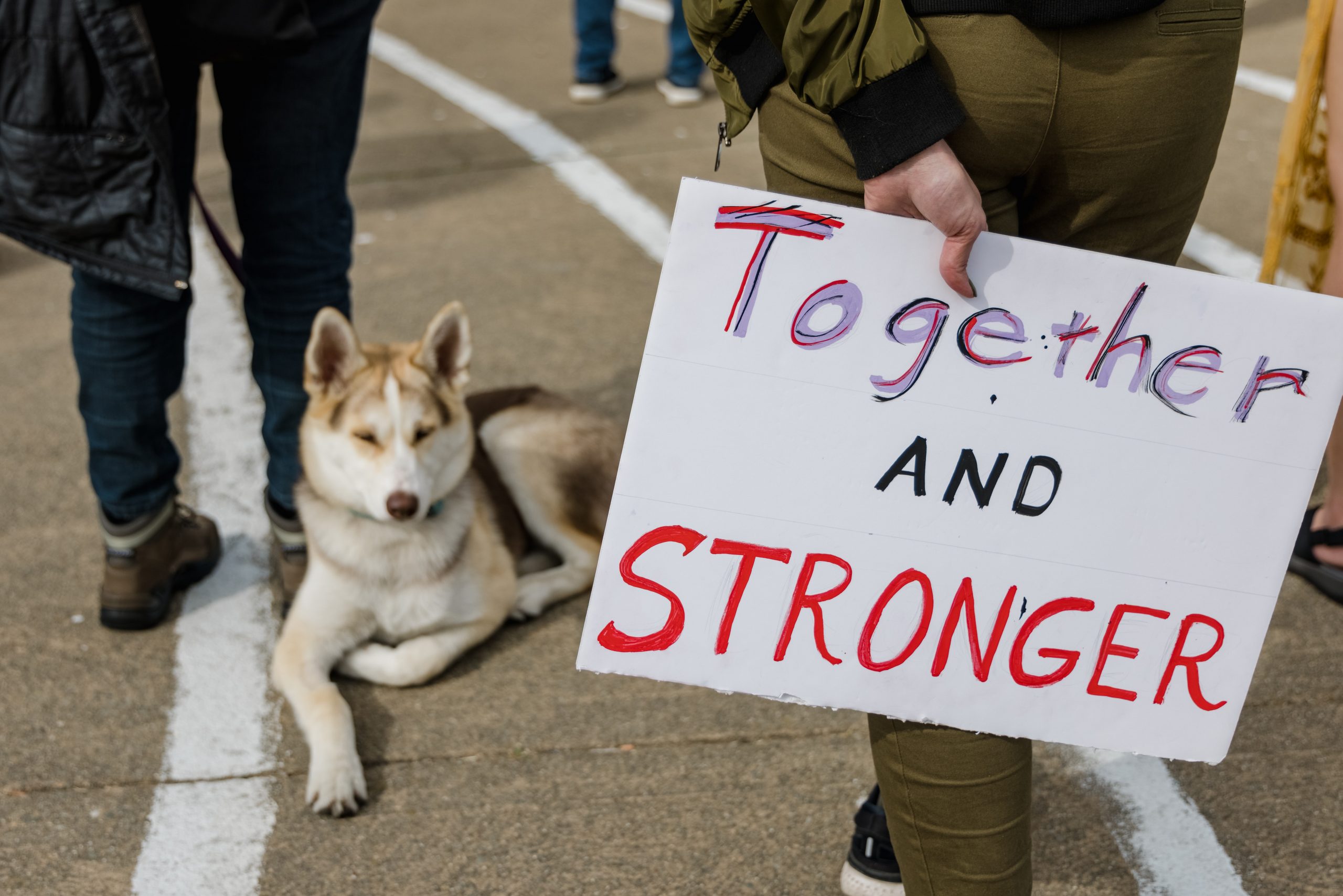- 12 Jan, 2023
- 0
- Susan Beaver Thompson
- Susan Thompson
The Way to Nonviolence
by Susan Beaver Thompson
825 words
Published in: Carolina Coast Online, Memphis Flyer, The Daily, Williston Herald, Sidney Herald, The Press, Niagara Gazette, Lockport Union-Sun & Journal, Z Net, Pace e Bene, Black Star News, LA Progressive, Augusta Free Press, The Newton Kansan, Counterpunch, The Clinton Chronicle,
Dates: January 10,11,12,13,14,16,17,18, February 2, 2023
More than 60 years ago, as many are aware, civil rights activists began organizing to desegregate businesses in Birmingham, Alabama. By the spring of 1963, tensions were at a boiling point due to a series of sit-ins, boycotts, and demonstrations designed to draw attention to racial injustices in the city. On April 12, 1963, Dr. King was arrested in Birmingham for not having an official permit.
In his germinal Letter from Birmingham Jail, King, while incarcerated,laid out the principles of nonviolent protest and social change. His message was that each voice – and life – is worthy of respect, dignity, and equality. And, love is the answer, not war – or hate. Deep down, we are alike more than we are different. When I taught Freshman Writing at Northwest Florida University, Cape Fear Community College, and Shepherd University, this was my favorite essay to teach. Every semester, without fail, his impassioned plea for nonviolence garnered more discussion and reflection than any other piece we studied. Many of the resulting student essays made me cry.
In his letter, Dr. King differentiates between two kinds of peace. “Negative peace,” as King explains, is the absence of tension; it’s an attempt not to rock the boat or cause conflict. Whereas “positive peace” is the active pursuit of justice. Rather than opposing people “on the other side,” as peacebuilder Ryan Wallace writes: “Positive peace challenges the status quo to make way for a more just world, expecting conflict to follow.” Instead of using violence to make change, peacebuilders use nonviolent direct action.
King writes:
“Nonviolent direct action seeks to create a crisis and foster such a tension that a community which has constantly refused to negotiate is forced to confront the issue. It seeks so to dramatize the issue that it can no longer be ignored… We know through painful experience that freedom is never voluntarily given by the oppressor; it must be demanded by the oppressed.”
It is crystal clear that in the United States we are seeing the effects of a violent culture in our schools and on our streets. So too, violence and violent conflict, rather than natural disasters, are now the primary driver of forced displacement and refugee flight worldwide. While conflict is inevitable, violence is not. It is merely one way of dealing with our differences. It’s time we move beyond violent conflict and toward nonviolence.
A wise friend once shared with me that as peacebuilders, we are not merely “anti.” While many of us are anti-racist, anti-discrimination, anti-oppression, we are also standing up for something. Rather than being just anti-war, we are for peace. By default, being merely “anti” can easily lead us into creating enemies, or creating a “us” versus “them” situation. Taking this type of warlike approach – in word or deed – ensures defeat. This is why Kingian Nonviolence Principles encourage people to “fight injustice, not people.” We must keep an open mind and heart – and embrace the principles of nonviolence – as we seek to dialogue with others and make change. As A.J. Muste said, “There is no way to peace. Peace is the way.” It may take longer to collaborate and negotiate, but the results are longer lasting, and everyone benefits.
Everyone is connected to everyone else, and all that must be achieved for universal change is for the momentum to build enough to create a tipping point for good. Each person makes this so every day from the inside out. Each person can challenge themselves to learn and grow, as each personal realization is literally a realization for the planet.
Rest assured, peace and nonviolence aren’t just hearts and rainbows. There is growing proof that nonviolence is practical. It works. In 2011, social scientists Erica Chenoweth and Maria Stephan demonstrated that nonviolent movements are twice as effective as violent movements in achieving their goals. In their book, Why Civil Resistance Works, they share the data they collected from 323 protest movements between 1900 and 2006. They found that 53 percent of the nonviolent movements “managed to achieve their goal, usually a change of regime, compared with 26 percent of the violent movements.”
In his Letter, Dr. King also touches on our interdependence. He writes:
“We are caught in an inescapable network of mutuality, tied in a single garment of destiny. Whatever affects one directly affects all indirectly. Never again can we afford to live with the narrow, provincial ‘outside agitator’ idea. Anyone who lives inside the United States can never be considered an outsider anywhere within its bounds.”
Let us each become a “vehicle” for this monumental shift toward a more evolved way to manage our conflicts. Though a challenging endeavor, Peace on Earth is possible… and it’s coming. Since my first peace journalism trek in 2013, much has changed. People are waking up, becoming engaged and taking action for what they believe. The soil is ripe for pioneering peace activists and peace journalists to rock the world.
~~~~~~
Susan Beaver Thompson is a peace journalist and grant writer for United Way of Southern Nevada.
© 2023 PeaceVoice

susan-thompson